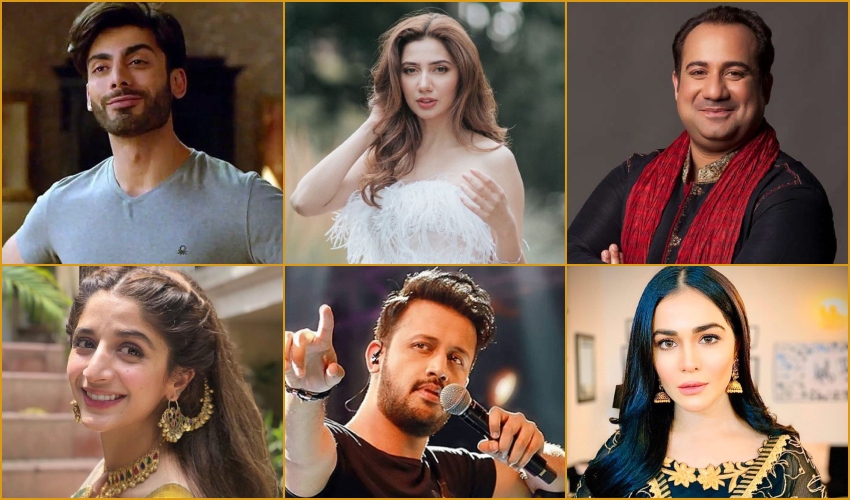For decades, the entertainment industries of India and Pakistan have shared a curious relationship: one rooted in admiration, rivalry, and unfortunately, politics. While borders divide the two nations, art — particularly film and music — has often tried to bridge that divide. But since 2016, Pakistani artists have been unofficially banned from working in India. The question is: why? Is it about patriotism, politics, or plain insecurity?
When Art Crossed Borders
Before the ban, Pakistani actors like Fawad Khan, Mahira Khan, Ali Zafar, and singers like Atif Aslam and Rahat Fateh Ali Khan were household names in India. Fawad had taken Bollywood by storm with his charm and talent. Ali Zafar wasn’t just singing but acting in lead roles. Mahira Khan starred opposite Shah Rukh Khan in Raees. Their presence wasn’t just appreciated — it was celebrated.
But in 2016, after the Uri attack, a wave of nationalism swept across India. The Indian Motion Picture Producers’ Association (IMPPA) announced a ban on Pakistani artists working in India. TV channels followed suit. Projects were stalled or edited. Films that had Pakistani actors faced backlash. A message was sent: “No more Pakistani talent in Bollywood.”
Who’s Paying the Price?
Let’s be clear: the ban had nothing to do with the artists themselves. It was a reaction to political events beyond their control. Artists, singers, actors — they became collateral damage in a narrative shaped by governments and military tensions.
And the irony? Bollywood continues to borrow stories, aesthetics, and even music styles that have roots in Pakistani culture. Ghazals, qawwalis, Sufi music — all continue to influence Indian cinema. But those who create them? Banned.
Is Bollywood Insecure?
Let’s be honest. Pakistani artists brought quality, not quantity. But that quality often shone so brightly that it made some within the Indian industry uncomfortable. Fawad Khan was praised more than many of his Indian contemporaries. Pakistani singers were topping charts — often eclipsing Indian voices. Is it possible that this ban also serves to protect local artists from creative competition?
Some insiders have hinted at it. Pakistani artists charge less, bring in massive fanbases, and often bring a different depth and discipline to their craft. That makes them both an asset and a threat in a highly competitive industry.
The Double Standard
Here’s the contradiction: Hollywood stars are welcomed. South Korean and Turkish content is celebrated. But when it comes to Pakistani talent — it’s a “security concern”? If safety and patriotism were truly the concern, why are other industries allowed in without the same scrutiny?
It’s not about the artists. It’s about controlling the narrative.
The Fans Want Collaboration ” Not Division“
Despite the bans, social media tells a different story. YouTube views for Pakistani songs skyrocket from Indian audiences. Indian fans still follow Pakistani actors. Instagram comments are filled with love from across the border.
The people? They want music, films, culture — they want connection.
The governments? They want control.
Will the Curtain Ever Rise Again?
As of now, the future of Pakistani artists in Bollywood seems uncertain. But as time goes on, and with new platforms like Netflix and YouTube giving artists global reach, these restrictions may weaken.
Because art doesn’t follow borders. It speaks to hearts. And when hearts on both sides want the same thing — collaboration, not conflict — no political wall can hold forever.
Maybe it’s not that Bollywood is insecure. Maybe it’s just caught between politics and patriotism. But in the end, the real loss is ours — the audience — who are deprived of the magic that happens when artists from both nations come together.
